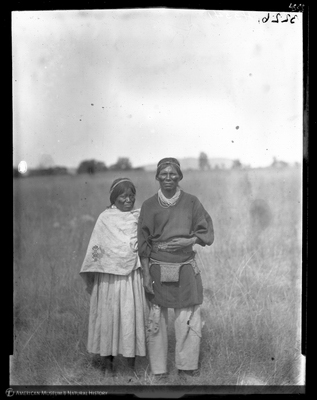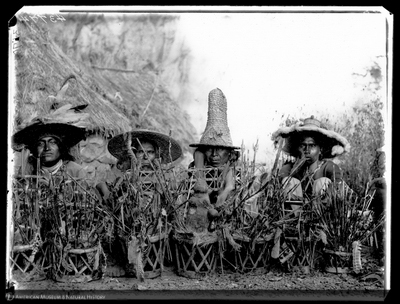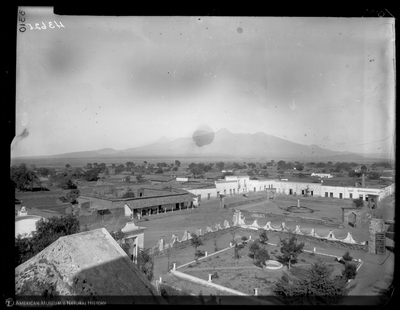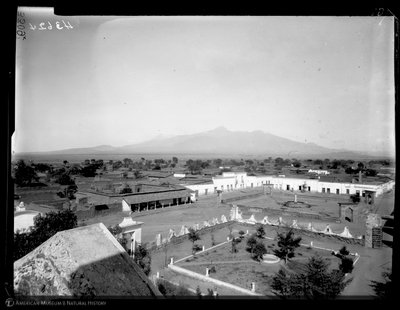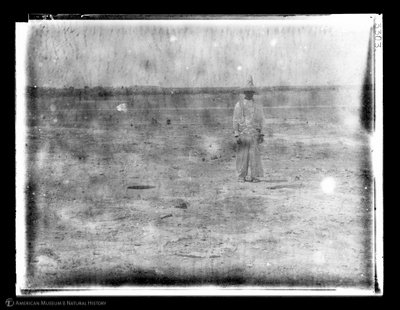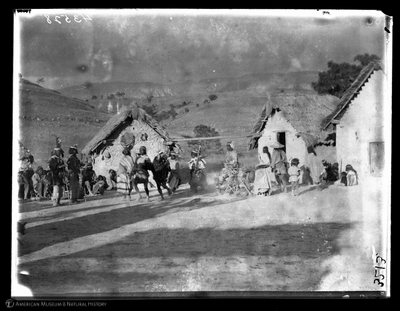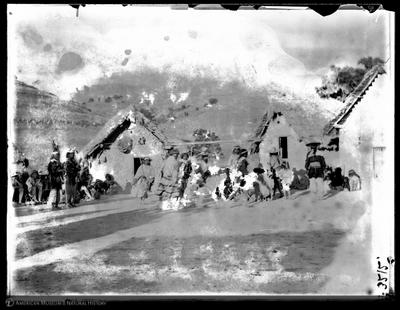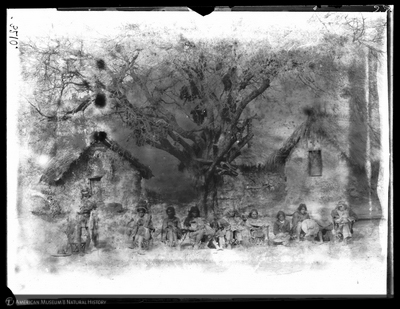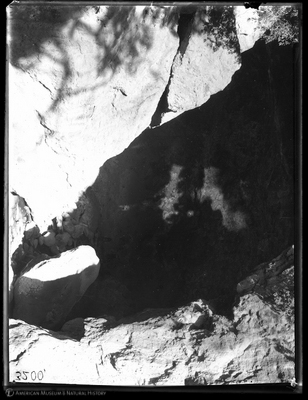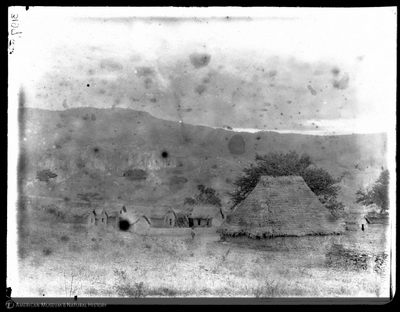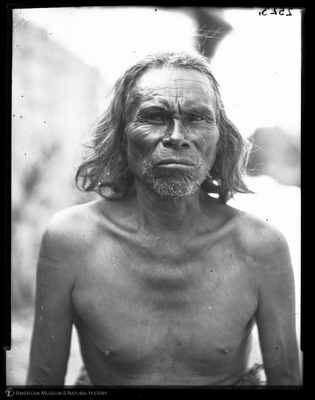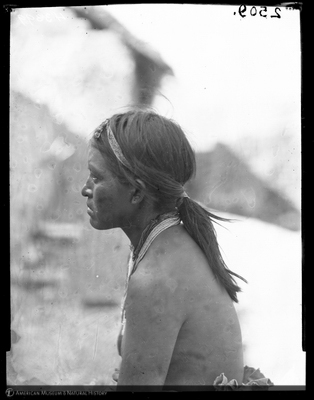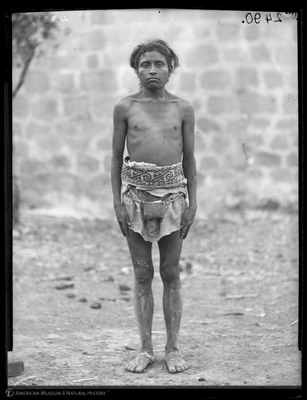Lumholtz Expedition to Mexico
The Lumholtz Collection consists of more than 2500 photographs taken in the course of four expeditions sponsored by the museum to the northwest of Mexico from 1890 to 1898 led by the Norwegian explorer, naturalist and ethnographer Carl S. Lumholtz.
The great majority of the photographs were taken by Lumholtz himself, but a Princeton University geographer, William A. Libbey is responsible for a number of images taken during the first expedition in 1890-1891. In addition, G.H. Taylor, a photographer and surveyor who assisted Lumholtz during the first half of 1892, took a few.
The photos show the indigenous peoples Lumholtz encountered, including Tarahumara, Pima, Tepehuan, Cora, Huichol, and Tabasco Indians. There are also photographs of landscapes, towns, plants and trees, archaeological sites, and non-indigenous individuals. Finally, there are glass plate photographs of artifacts Lumholtz collected in Mexico.
Carl Lumholtz was born near Lillehammer, Norway in 1851 and died in 1922 in Saranac, New York. Starting in 1880, the Museum of Natural History at the University of Christiania (Oslo) sponsored his first expedition with the goal of collecting botanical and zoological specimens. This took him to Queensland, Australia where acquaintance with native people broadened his interests to include ethnography, leading eventually to his Mexican expeditions. In 1909 and 1910 he led an expedition in southern Arizona and the far north of Mexico. In 1914-1916 he conducted his last expedition, in Borneo.
The photographs were taken with large format cameras yielding 6x8 and 5x7 images, with the exception of more than one hundred images snapped with two of the first Kodak cameras, the No.2, yielding circular images measuring 2 ½ inches in diameter, and the No. 4, yielding 4x5 images.

